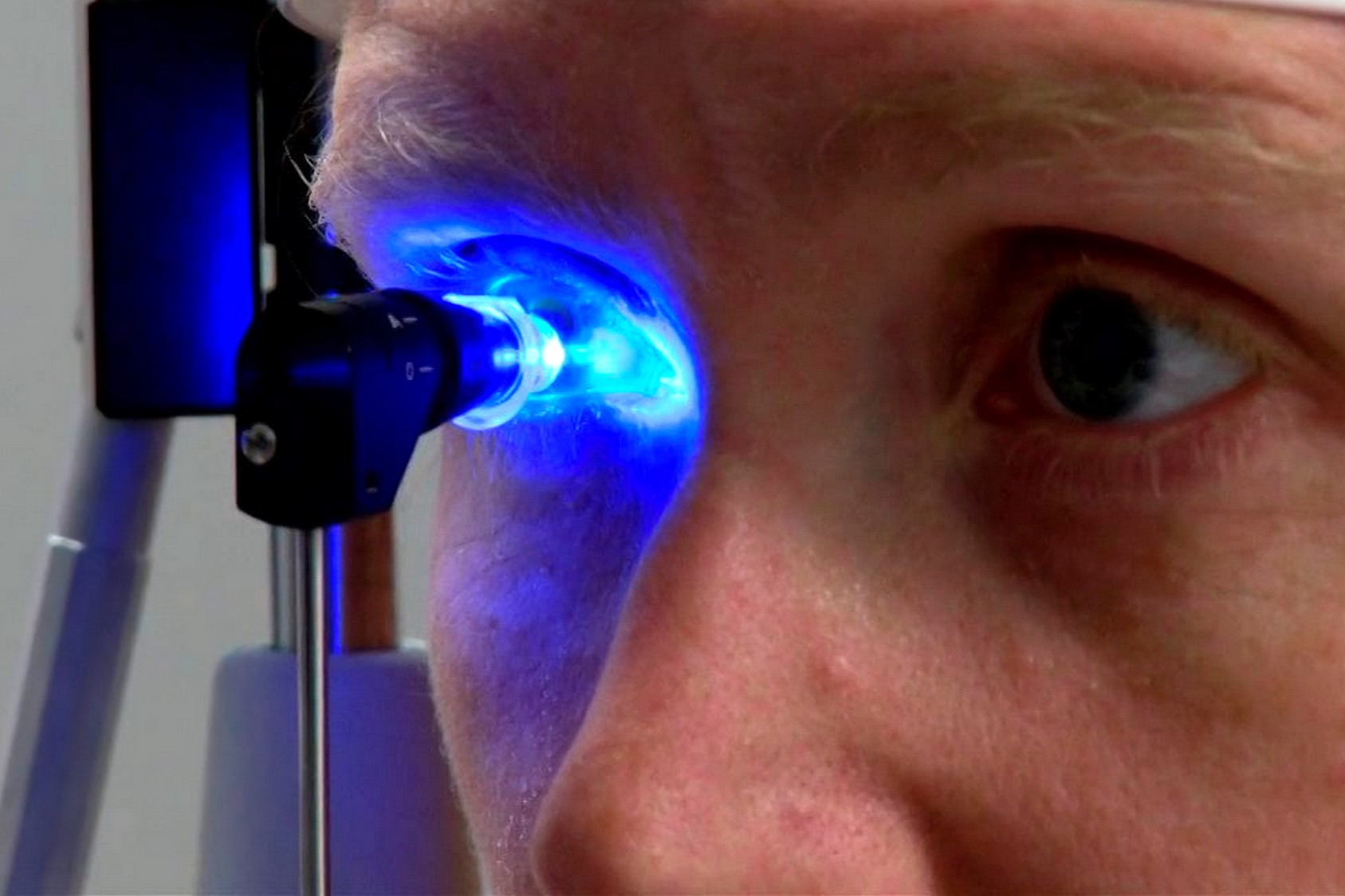
Glaucoma: What is true and what is false?
Useful information on glaucoma: the following information will help you understand if you are at risk of developing the disease and how you can possibly reduce the consequences of glaucoma
Glaucoma is a hereditary disease
True – Although glaucoma appears to have a clear hereditary component, the genetic mode of transmission of the disease is not well known.
If someone in the family has glaucoma, a comprehensive eye examination should be carried out at least every two years to detect the presence of the disease in its early stages, when the best treatment results can be achieved.
A person can have glaucoma and not realise it
True – The early stages of open-angle glaucoma, the most common form, usually do not give any symptoms.
However, as the disease progresses, those with glaucoma may notice that their peripheral vision gets worse and worse.
People over 60 are more likely to get glaucoma
True – All people over 60 have an increased risk of getting glaucoma, but the disease can develop at any age, even in children.
Eye pain is often a symptom of glaucoma
False – Glaucoma sufferers generally do not experience any pain, except for the (less common) forms of angle-closure glaucoma (or acute glaucoma).
Glaucoma can be kept under control
True – Although glaucoma cannot be cured, it can usually be kept under control with eye drops or tablets, laser treatment or surgery.
Sometimes, combined treatment with surgery and medication may be necessary.
Glaucoma is caused by increased eye pressure
False – An increase in eye pressure indicates that there is an increased risk of developing glaucoma, but it does not mean that one has the disease.
A person only has glaucoma if the optic nerve is damaged.
If you have increased eye pressure, but no damage to the optic nerve, you do not have glaucoma.
Also ask your ophthalmologist for more information on this.
Vision lost due to glaucoma can be recovered
False – Vision loss due to glaucoma is permanent.
However, with early diagnosis and treatment, vision loss can be slowed or stopped, thus reducing the risk of blindness.
To know if you have glaucoma, simply measure your eye pressure
False – Measuring eye pressure by tonometry, although very important during a comprehensive eye examination, is not sufficient on its own to diagnose glaucoma.
Glaucoma is most often diagnosed during a fundus test, when the ophthalmologist can observe the inside of the eye and check for signs of the disease.
When suspicion arises, a visual field test is performed to obtain valuable additional information.
People at risk for glaucoma or those with established glaucoma should also have an OCT test of the optic nerve head
True – OCT examination of the optic nerve is a very precise, objective method for diagnosing glaucoma and for following the evolution of the disease.
People with glaucoma should have this test at least twice a year, while those at risk may only need to have it every one or two years at an ophthalmologist’s office.
It is important not to neglect the risk of glaucoma and to have regular eye examinations.
Read Also
Emergency Live Even More…Live: Download The New Free App Of Your Newspaper For IOS And Android
Bacterial Conjunctivitis: How To Manage This Very Contagious Disease
Ophthalmology: Causes, Symptoms And Treatment Of Astigmatism
Asthenopia, Causes And Remedies For Eye Fatigue
Blepharitis: What Is It And What Does Chronic Inflammation Of The Eyelid Entail?
Inflammations Of The Eye: Uveitis
Myopia: What It Is And How To Treat It
Presbyopia: What Are The Symptoms And How To Correct It
Nearsightedness: What It Myopia And How To Correct It
Blepharoptosis: Getting To Know Eyelid Drooping
Lazy Eye: How To Recognise And Treat Amblyopia?
What Is Presbyopia And When Does It Occur?
Presbyopia: An Age-Related Visual Disorder
Blepharoptosis: Getting To Know Eyelid Drooping
Rare Diseases: Von Hippel-Lindau Syndrome
Rare Diseases: Septo-Optic Dysplasia
Diseases Of The Cornea: Keratitis
Dry Eyes In Winter: What Causes Dry Eye In This Season?
Why Do Women Suffer From Dry Eye More Than Men?
Keratoconjunctivitis: Symptoms, Diagnosis And Treatment Of This Inflammation Of The Eye
Dry Eye Syndrome: How To Protect Your Eyes From PC Exposure
Eye Health: Prevent Conjunctivitis, Blepharitis, Chalazions And Allergies With Eye Wipes
Autoimmune Diseases: The Sand In The Eyes Of Sjögren’s Syndrome
Dry Eye Syndrome: Symptoms, Causes And Remedies
How To Prevent Dry Eyes During Winter: Tips
Blepharitis: The Inflammation Of The Eyelids
Blepharitis: What Is It And What Are The Most Common Symptoms?
Stye, An Eye Inflammation That Affects Young And Old Alike
Blurred Vision, Distorted Images And Sensitivity To Light: It Could Be Keratoconus
Stye Or Chalazion? The Differences Between These Two Eye Diseases
Blepharoptosis: Getting To Know Eyelid Drooping
Lazy Eye: How To Recognise And Treat Amblyopia?
Corneal Keratoconus, Corneal Cross-Linking UVA Treatment
Keratoconus: The Degenerative And Evolutionary Disease Of The Cornea
Burning Eyes: Symptoms, Causes And Remedies
What Is The Endothelial Count?


